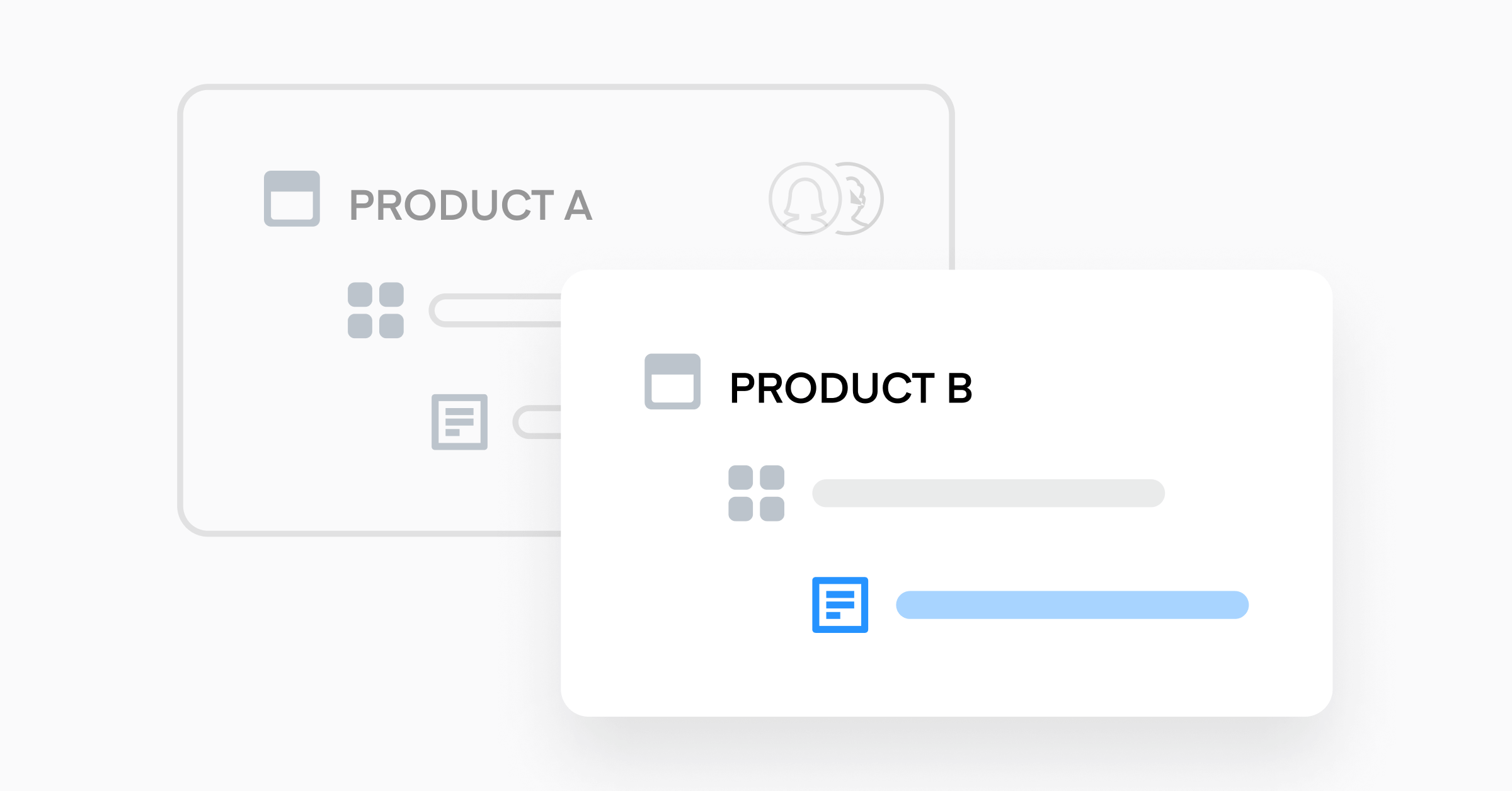Creating Agile, Visual Product Roadmaps That Scale

A visual product roadmap is a graphical representation of a product’s development journey, illustrating milestones and timelines. Benefits of a product roadmap include improved communication, effective prioritization, better resource allocation and strategic planning, increased stakeholder involvement, and adaptability to changing circumstances—but only when communicated effectively. To get the most out of the roadmap, teams must regularly update and share it for transparent communication and alignment among team members and stakeholders.
Scalability means your business is set up to grow and adapt without compromising efficiency; the profitability of your product or service offerings improves, despite an increase in workload. A visual product roadmap serves as a dynamic blueprint, fostering a shared understanding among teams and stakeholders about the company’s vision, milestones, and the steps required to reach them. This shared vision, in turn, becomes the driving force behind a scalable business model that can withstand market fluctuations and changing customer expectations.
The Expert’s Blueprint for Visual Product Roadmaps
Let’s dissect the building blocks that make up an agile product roadmap.
Key Components of a Visual Product Roadmap
At its core, a visual product roadmap encompasses the following elements to be resilient and adaptable:
- Timeline: Well-defined deadlines offer product, engineering, and design teams a clear understanding of the journey ahead—but it’s important to make room for adjustable timelines when you can
- Milestones: Marks pivotal achievements and takes into account dependencies and necessary hand-offs
- Key deliverables: Outlines the tangible outcomes expected at various stages, which should always be tied to your business goals
- Feedback loops: Incorporate feedback loops at strategic intervals, allowing for real-time adjustments based on user feedback, market trends, and internal assessments
- Agile methodologies: When development teams are working off an agile product development roadmap, it’s important that they are also using an agile development framework (e.g., Scrum, Kanban, etc.) and sprint planning for iterations
Scalability is not just about accommodating growth, but also about navigating unforeseen challenges and shifts in the business landscape. In the context of visual product roadmaps, strategic considerations include anticipating market changes, technological advancements, and customer feedback to ensure the roadmap remains a dynamic tool rather than a rigid plan.
Understanding Scalable Visual Product Roadmaps
Consider these strategies when creating scalable visual product roadmaps:
- Clearly articulate the goals and objectives of the product to ensure the roadmap aligns with the overall vision
- Identify and prioritize features based on factors such as customer needs, market trends, and business objectives
- Establish a timeline with key milestones to track progress and provide a visual representation of the product’s development journey
- Incorporate customer feedback into the roadmap to ensure that user input plays a crucial role in feature prioritization and development decisions
- Encourage collaboration among cross-functional teams to gather diverse perspectives and insights when planning and building the product roadmap
- Schedule regular updates to the roadmap to reflect changes in priorities, timelines, and market conditions, keeping stakeholders informed
- Organize roadmap items into strategic themes to provide a high-level overview of how each feature contributes to broader product goals
- Utilize visual techniques such as color-coding, swimlanes, or charts to enhance the clarity and visual appeal of the roadmap
- Base roadmap decisions on relevant data and analytics to ensure that features are aligned with user needs and market trends
- Develop a communication plan to ensure that the visual product roadmap is effectively shared with all stakeholders, fostering transparency and understanding
Essential Components for Scalable Visual Product Roadmaps
As previously mentioned, to reap the benefits of a product roadmap, product leaders must communicate the goals effectively to rally the entire organization around a common goal.
What It Takes to Make a Scalable Visual Product Roadmap
- Prioritize effectively: Product roadmap planning requires discerning between the urgent and the important. Assign priorities based on customer impact and business goals. This not only streamlines the development process but also ensures that resources are allocated strategically, optimizing the roadmap for sustained growth.
- Incorporate feedback: Actively seek input from various stakeholders, including team members, customers, and key decision-makers. Regularly integrate this feedback to refine the roadmap’s direction. This iterative approach not only enhances the roadmap’s adaptability but also ensures that it remains closely aligned with evolving business needs and user expectations.
- Maintain simplicity: Resist the temptation to overload the roadmap with excessive details. Instead, focus on conveying the most critical information succinctly. A visually clean and straightforward design facilitates better comprehension, making it easier for team members to understand what they need to do at-a-glance and contribute effectively to its execution.
- Ensure accessibility for all team members: Utilize user-friendly tools and platforms, and provide training if necessary. Accessibility not only empowers team members to contribute meaningfully but also reinforces a shared understanding of the roadmap’s objectives, promoting cohesive progress.
Applying Visual Roadmaps IRL: How ComboCurve Delivers Impact
Product leaders choose Productboard to create a shareable and scalable product strategy roadmap to deliver customer-focused outcomes.
At ComboCurve, Productboard improved the account executives’ ability to close deals. The roadmap view within the platform has improved both trust and collaboration among cross-functional teams. Sales teams can leverage the customer data available in Productboard, filtering roadmaps based on customer concerns and identifying the release timeline of relevant features. This empowers the sales team to make informed commitments to potential customers.
5 Strategies to Quickly Master Visual Product Roadmaps
- Clearly define objectives and priorities.
- Engage stakeholders and cross-functional teams.
- Balance detail and simplicity in the roadmap.
- Regularly update and communicate changes.
- Use effective visualization techniques for clarity.
Productboard centralizes product management capabilities to help you achieve all of the above. Productboard allows teams to create and visualize product roadmaps, supporting the rollout of your product or feature from the first iteration onward. Plan toward key milestones, track dependencies, and monitor progress to help teams stay focused and reduce the risk of wasted effort and costly delays.
Access our complete Product Roadmap Guide for more information on how to master agility.




